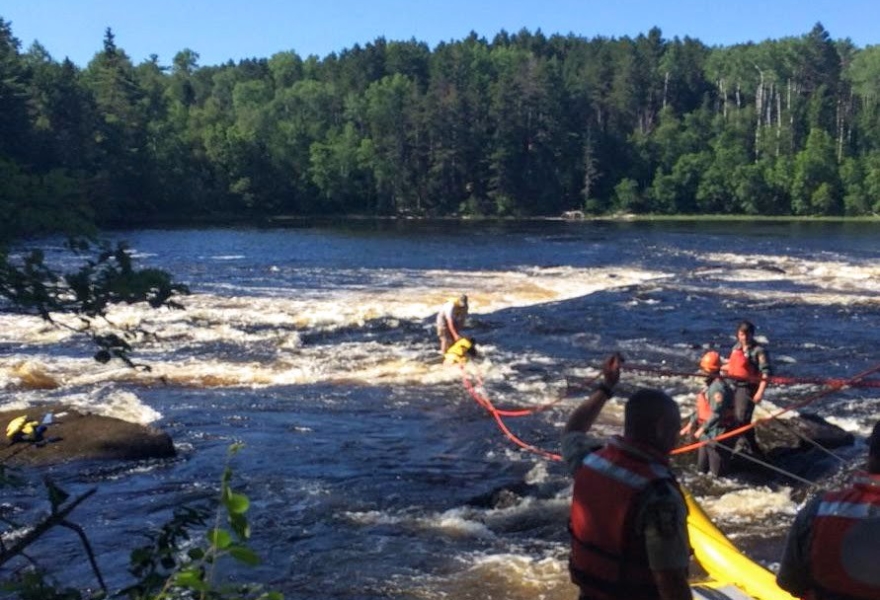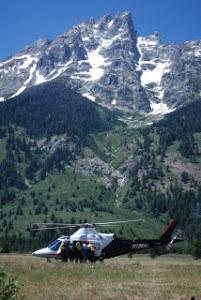A summer 2015 Boundary Waters rescue (a church group) confirms that “when you are in the wilderness, you are IN the wilderness”, and absent the ability to self- or group-rescue, the group may be at the mercy o f good fortune, and outside rescue (if even available, and able to be contacted) may not be able to provide assistance for an extended period of time. This youth group could just as easily have been a scout group.
f good fortune, and outside rescue (if even available, and able to be contacted) may not be able to provide assistance for an extended period of time. This youth group could just as easily have been a scout group.
As the story makes clear, as well as this summer 2016 Boundary Waters story, assistance may not be readily available in the wilderness for a variety of reasons, including an inability to contact rescuers, those in need of assistance being in an inaccessible area of the wilderness, rescuers being unavailable at the time of need, transportation required for rescue such as float planes being unavailable or delayed due to inclement weather, etc.
This story also makes clear the danger of cold water in the Boundary Waters, as may be experienced at Northern Tier, even in July.
 In the end, it took 4 1/2 hours for rescuers to arrive at the site, another 2 hours to accomplish the rescue, and a total of 9 hours from the time of the incident for the injured youth to be transported to a medical facility.
In the end, it took 4 1/2 hours for rescuers to arrive at the site, another 2 hours to accomplish the rescue, and a total of 9 hours from the time of the incident for the injured youth to be transported to a medical facility.
In this New Hampshire injured hiker story, a good Samaritan hiker had to travel 4 1/2 miles to seek assistance (as there was no cell coverage), with the injured hiker ultimately being carried for 7 hours to safety.
In this Vermont lone hiker “injured knee” rescue, it required 21 responders over 3 hours to transport the injured hiker to the base of the mountain upon reaching her location.
In this Baxter State Park story, it too 40 rescuers 10 hours to complete a rescue of an injured hiker, whose location was only 3 miles from the trailhead.
In this Baxter State Park (Maine) story, an injured hiker had to be airlifted by helicopter from a mountain peak. It was said that, if the weather had prohibited use of the helicopter, it would have taken 30-40 volunteers up to 24-36 hours to carry the injured person to the nearest road!
Finally, note this story regarding a medical emergency on a Mt. Washington trail (NH), where cell coverage was sporatic at best, and access to professional medical services took two hours and required traversing one mile of a rocky trail.
Clearly, nothing happens quickly in the wilderness!
